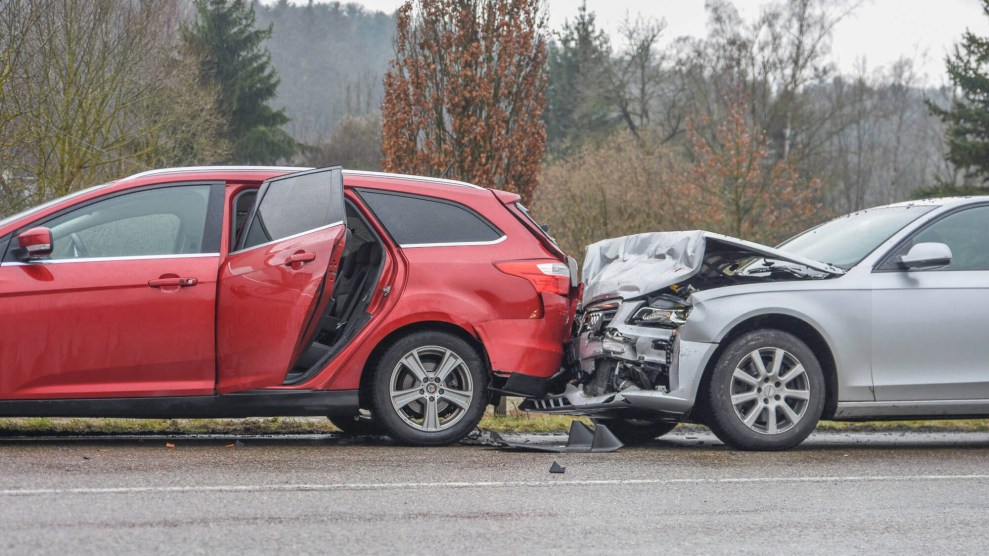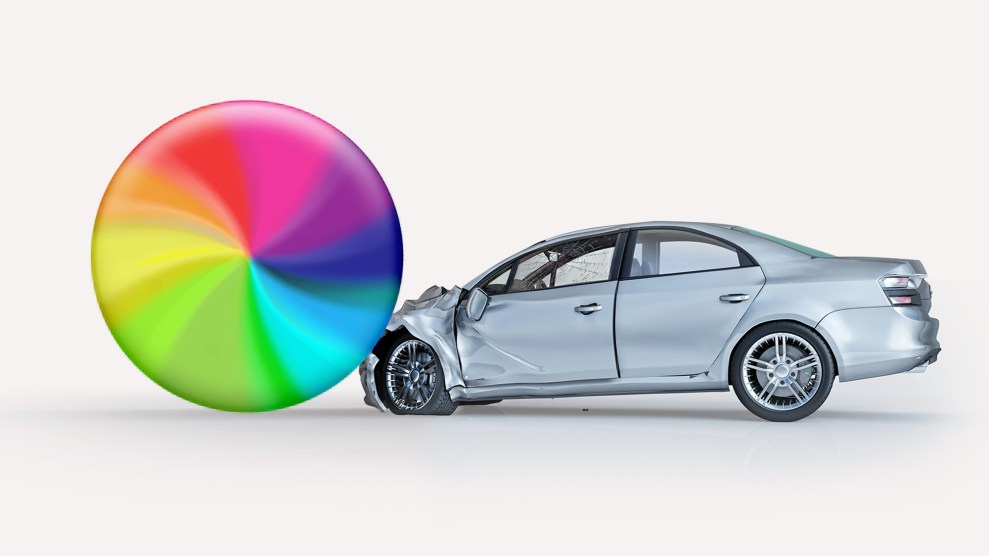
Imago/Zuma
In a move lauded by safe streets advocates, the National Highway Traffic Safety Administration proposed a new rule this morning that would require automatic emergency braking (AEB) on new cars and light trucks.
AEB uses sensors to detect objects in a car’s path, like pedestrians or other vehicles, and automatically brakes if the driver fails to react. Most light-duty vehicles sold in the US are already equipped with some level of AEB, but the proposed rule would hold the braking systems to a higher standard. Among the new rules would be a requirement for AEB to detect cyclists and pedestrians at night, which is when most pedestrian fatalities occur, according to NHTSA. The new rule also seeks to increase safety for cars traveling at higher speeds.
Today .@NHTSAgov is proposing a rule to make AEB mandatory in all vehicles and pedestrian AEB mandatory in light duty vehicles, requiring FULL crash avoidance, a shift that would make roadways safer for all. 🙌🏼 pic.twitter.com/VlKQvZt64z
— danisimons (@danisimons) May 31, 2023
NHTSA estimates that the rule, if finalized, could save at least 360 lives and prevent at least 24,000 injuries a year. The provision comes amid a nationwide surge in traffic fatalities. While the proposal would not address the nation’s lurch toward the ever-larger SUVs that often prove deadly in pedestrian crashes, it is a small but significant step toward preventing crashes in the first place.
You can read the full proposed rule here. And if you’re interested in how new technology could be implemented to increase safety, here’s my report on the possibility of ending drunk driving under a new regulation passed as part of the infrastructure bill.

















